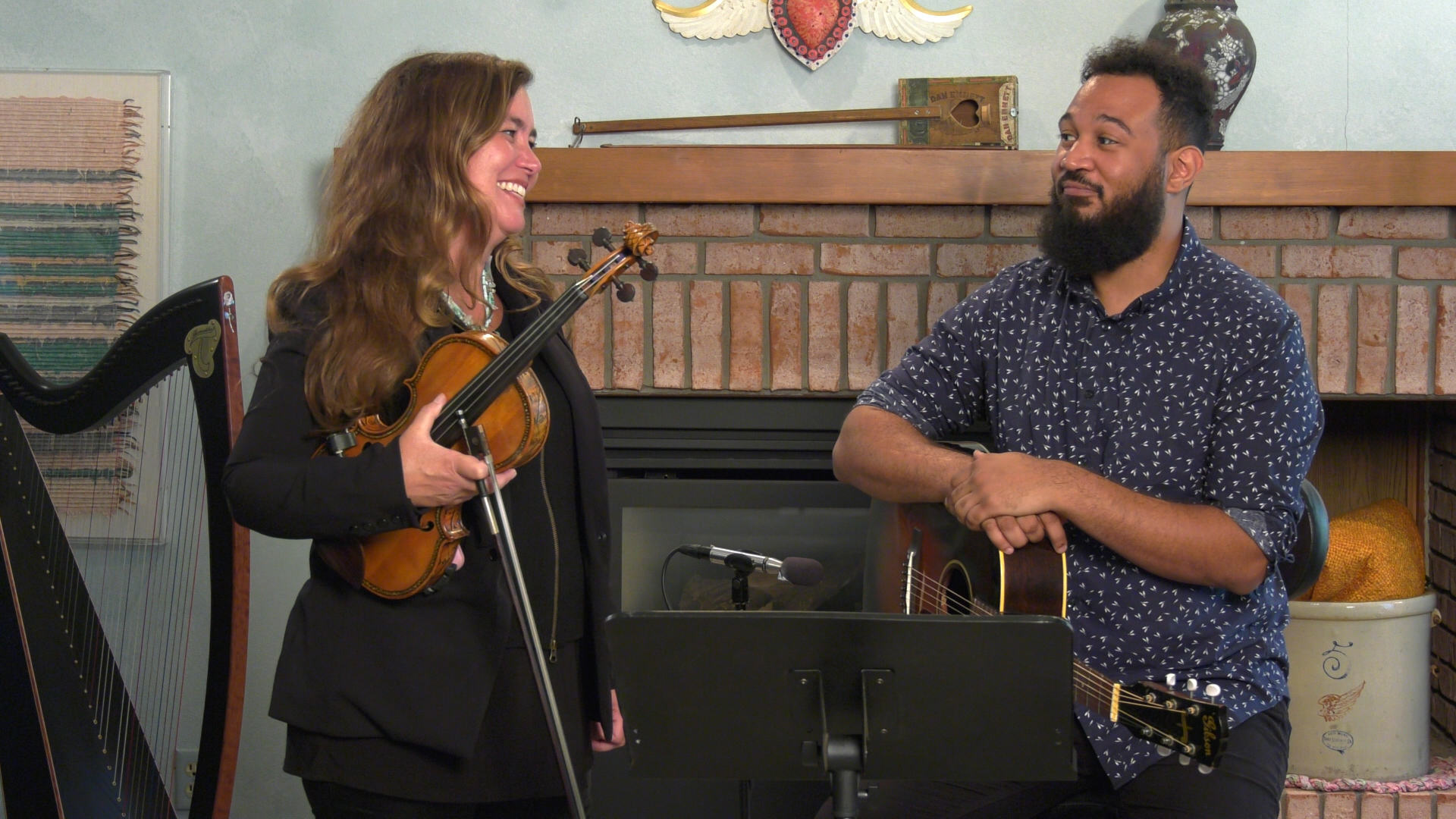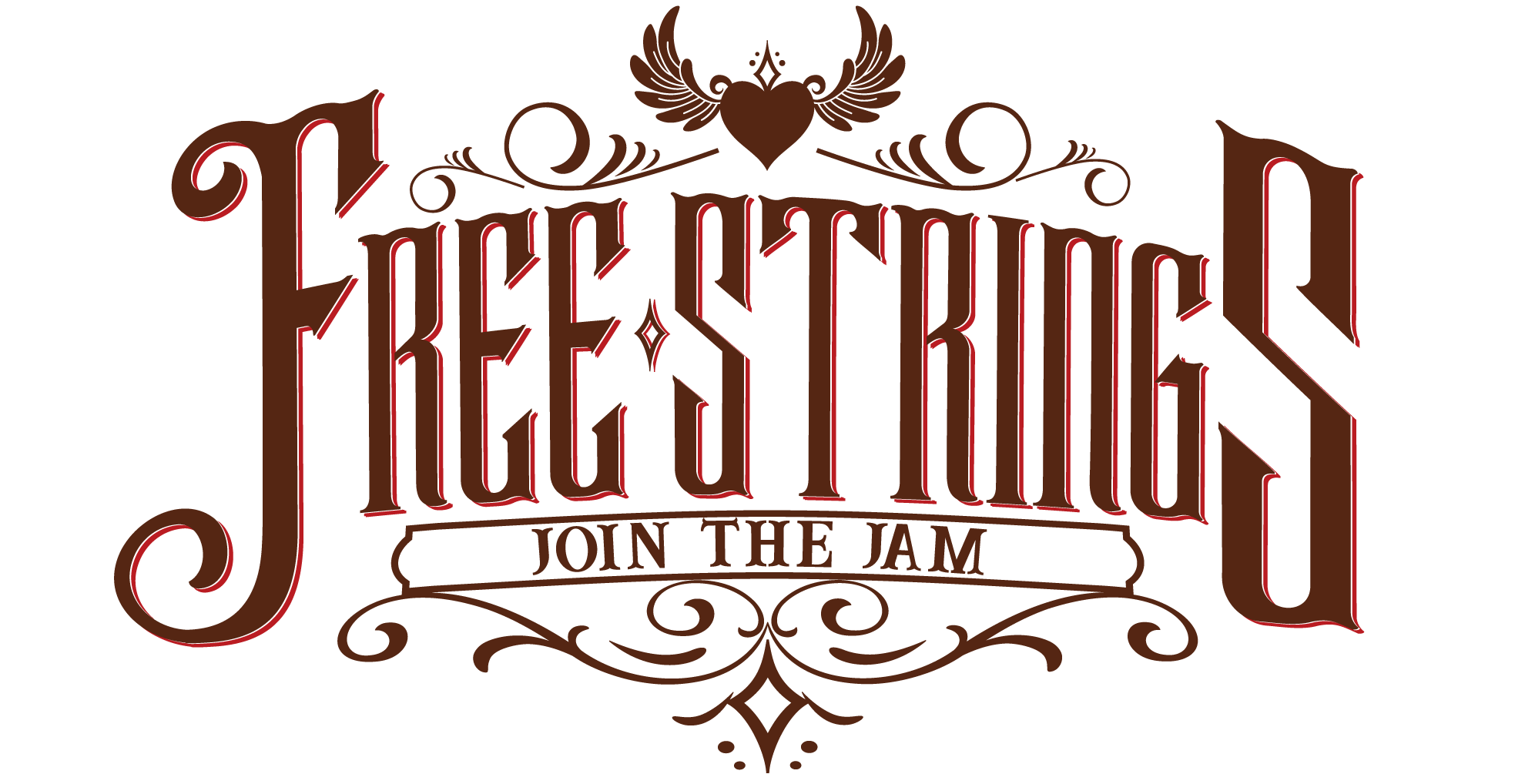2020: Accepting the Things I Cannot Change

I have been asking my teaching friends the big question, “what are you able to do now that you were not able to do before last March?” Their answers run the emotional gamut from despair to elation that they are being invited to think critically about their work. Here are a few responses to my question, “How have you grown/coped this year so far?” posted on the Facebook page, “Teaching Online Orchestra”.
“This week so far, I have backup plans and when things blow up, I’m able to move to the “just in case” plans quicker.”
“For me, it has also allowed room to see the joy in the small things right now, rather than always thinking of how it could be better”
“Maintaining motivation for playing and having positive connections with students is my focus.”
And the inevitable, “I’ve ‘grown’ around the middle!”
There is one big theme that arises. It is acceptance. As in, “the serenity to accept what I cannot change.” The acceptance of life on life’s terms. The acceptance of our students’ well-being as ultimately, the most important job we have. Acceptance of our vulnerability, of our imperfections, and of our small victories. And with this acceptance, the resourcefulness, flexibility and spontaneity that go along with allowing ourselves to live fully in the present moment. There are no ratings, no adjudication and no way for us to truly deliver the Eurocentric model of what orchestra has been for hundreds of years. There is only time, a screen, the our beleaguered faces of our students who are suddenly very willing to do the thing they had no time to do before: practice. It is time for us to ask what our students need from us, not “what we need our students to do.” I liken this way of thinking to improvisation and how the musical practice of improvising teaches our students to do exactly this. Accept, adjust, and move on with incremental- but sustainable- progress.
Research suggests that in secondary music programs, our students disproportionately experience a curriculum that focuses on the music of Western Europe from about 1750-1820, emphasizes specificity to the exclusion of other musical skills, and fails to reach a majority of the students in public schools (Bates, 2011; Kratus, 2007; Williams, 2012). In many cases, up to 80% of the student body is not participating in the core secondary music ensembles of band, orchestra and choir and per the research, there are racial, cultural and economic correlations as to why this occurs.
In addition to an increasing lack of cultural relevance in our programs, there is an ever-widening gap between music schooling and the music industry itself. Responding to researcher Bennet Reimer’s assertion that the music education field was becoming increasingly irrelevant for large numbers of students, fellow researcher David Williams asserted that “our students can do more musically at home without us than at school with us” (Williams, 2007). Of the students who do participate in high school music, it has been shown that less than 10% of these students will continue to play music as adults (Van Weeldon &Walters, 2004). There is a gap between what is taught in music classrooms and the skill set required by the music industry, which often involves playing without a large ensemble or notation.
So, what does this all have to do with teaching online?
As a middle school director, I remember listening to the morning announcements over the loud speaker at McKinley Middle School in Cedar Rapids. The facilitator (who worked really hard by the way, God bless him) always closed out the morning with, “make it a great day or not…the choice is yours”. On the walls, there were signs reminding us, “it isn’t what you did, it’s what you do next that matters”. I remember a world of discovery, of cause and effect, and of critical thought. I wonder where that all goes as we careen into adulthood. I know that there is great value in excellence, in grit, and in literacy but, I have to wonder if our true artists aren’t underserved in our programs. Not to mention that thorny issue of who is not empowered to pursue classical music in high school or, when we require prior participation, who we never see at all?
This is where I realized, sometime in July, that this fall was the most important time in the history of music education to provide the WHAT, as in, “But if we don’t teach traditional orchestra, WHAT can we teach?” This has culminated in what I call the Free Strings. And the first person I reached out to was my now good friend and partner in the music, Blake Shaw. Blake is a jazz bass player of great intuition and big heart, who grew up playing classical music. He can play, sing, sightread, improvise, and man can he emote. He is a natural performer. I often wonder- how did string teachers miss the jazz boat? How are we not sending our incredible players into jazz departments the world over. Jazz teaches the skill set of the industry- improvisation over basic chord changes. How did we miss that? I want people like Blake Shaw to lead us back into the jazz. We put together sets of the most used chord progressions we could come up with. We designed a curriculum to use a lot of different kinds of music to teach kids how to improvise over these changes with play along videos that track what chord the song is on.
The next thing that I did was make sure that the music we chose was KILLER. We worked with jammers to find some of the very best string instrument friendly tunes out there. Not old school bluegrass with an overtone of the now aging fiddle club model but great tunes. Epic tunes that sound like equal part string band and equal part 80’s rock anthems. Blake did an incredible jazz module. We were able to bring in some of the Iowa City School District orchestra faculty to do some technique videos that rival anything you can find out there. There is not reason to not play with exact technique. And there is no reason you can’t use aurally learned music to do this. In fact, it’s easier when students are able to totally focus on their hands and not the stand and conductor.
Then, we fired it all off to a phenomenal videographer who was picky about the sound and the formatting. We owe as much to him as to anyone. Thank you Ken Duncan. And thank you to the Iowa Arts Council for funding this. And thank you David Firestine and Carp Camp for allowing us to use your fabulous tunes and for the PDFs that we were able to create for violas, cellos and basses. Without this method, I do not know how I would be teaching this fall.
The culmination? A method for online orchestra study that teaches students to improvise over chords, play back up chords, and craft their own solos. With tunes my students can’t stop playing. You too can have it. It’s free. You can print out PDFs, bring us in for a clinic, put us right on the Zoom screen and have us guide your students through it. We are doing this because we want ALL students to feel welcome in orchestra and be able to play both by sight and ear for the rest of their lives. Music for all. Music for life. Together we are stronger!
Find out more at www.free-strings.com
And in the mean time…total world domination through vibrating wooden boxes!
Play nice and be free,
Annie Savage, PhD Candidate
